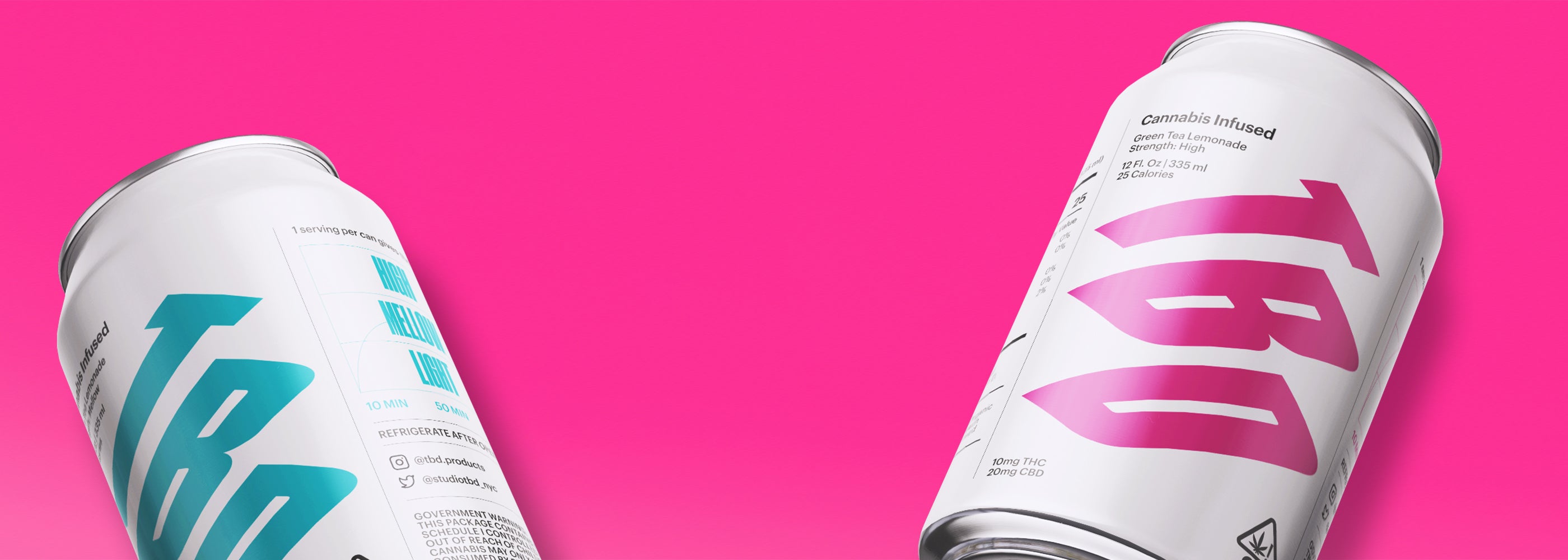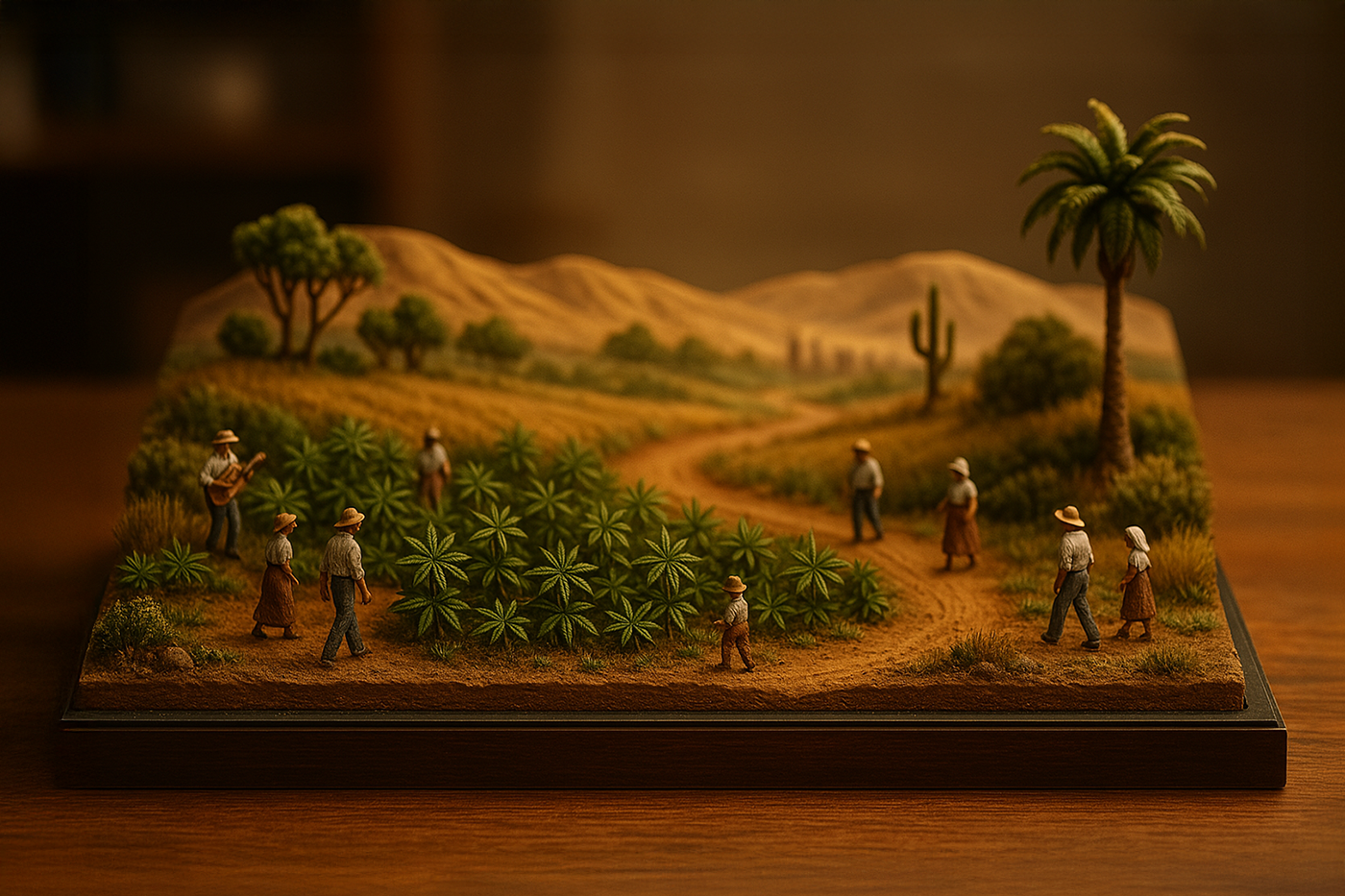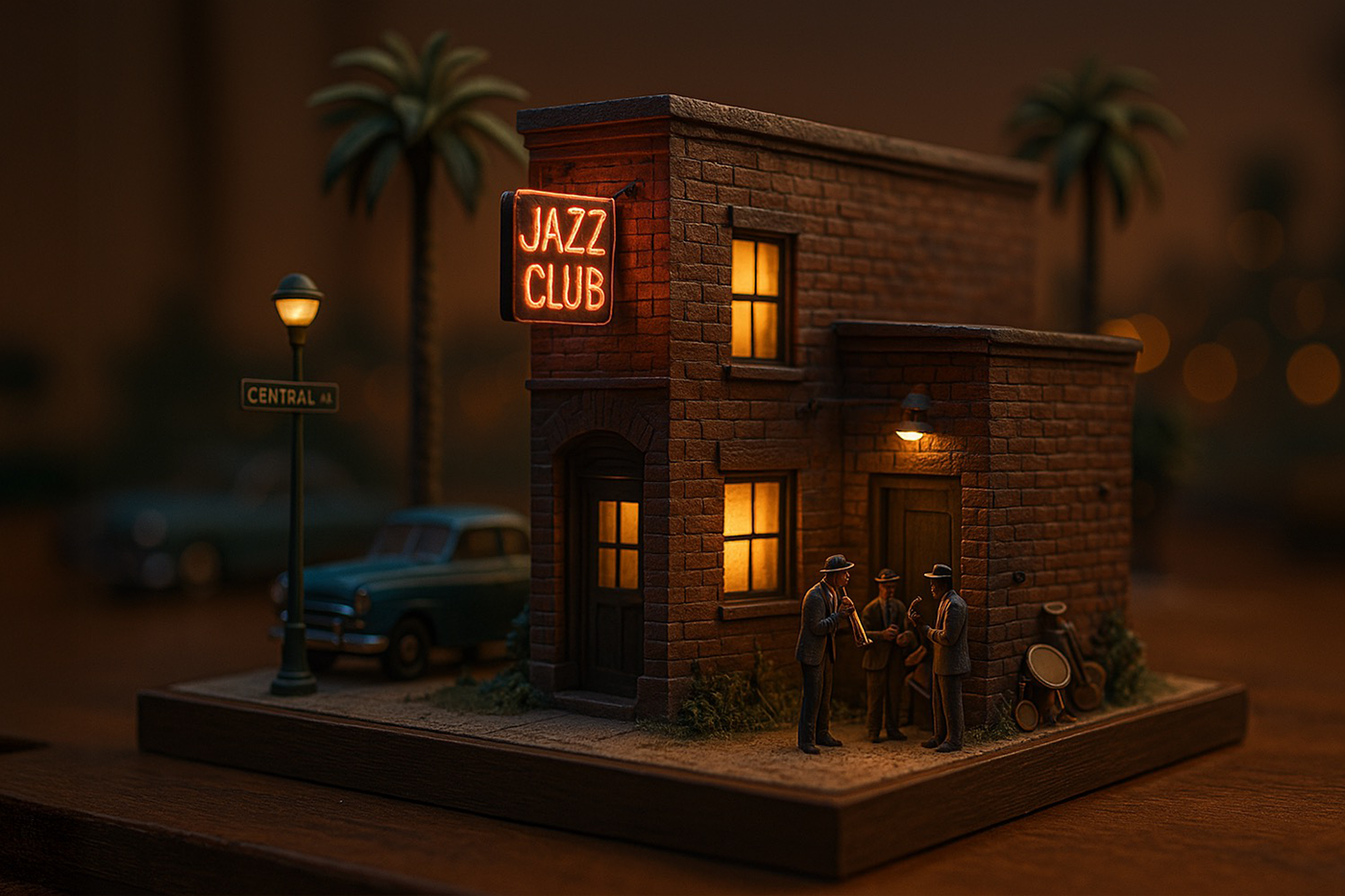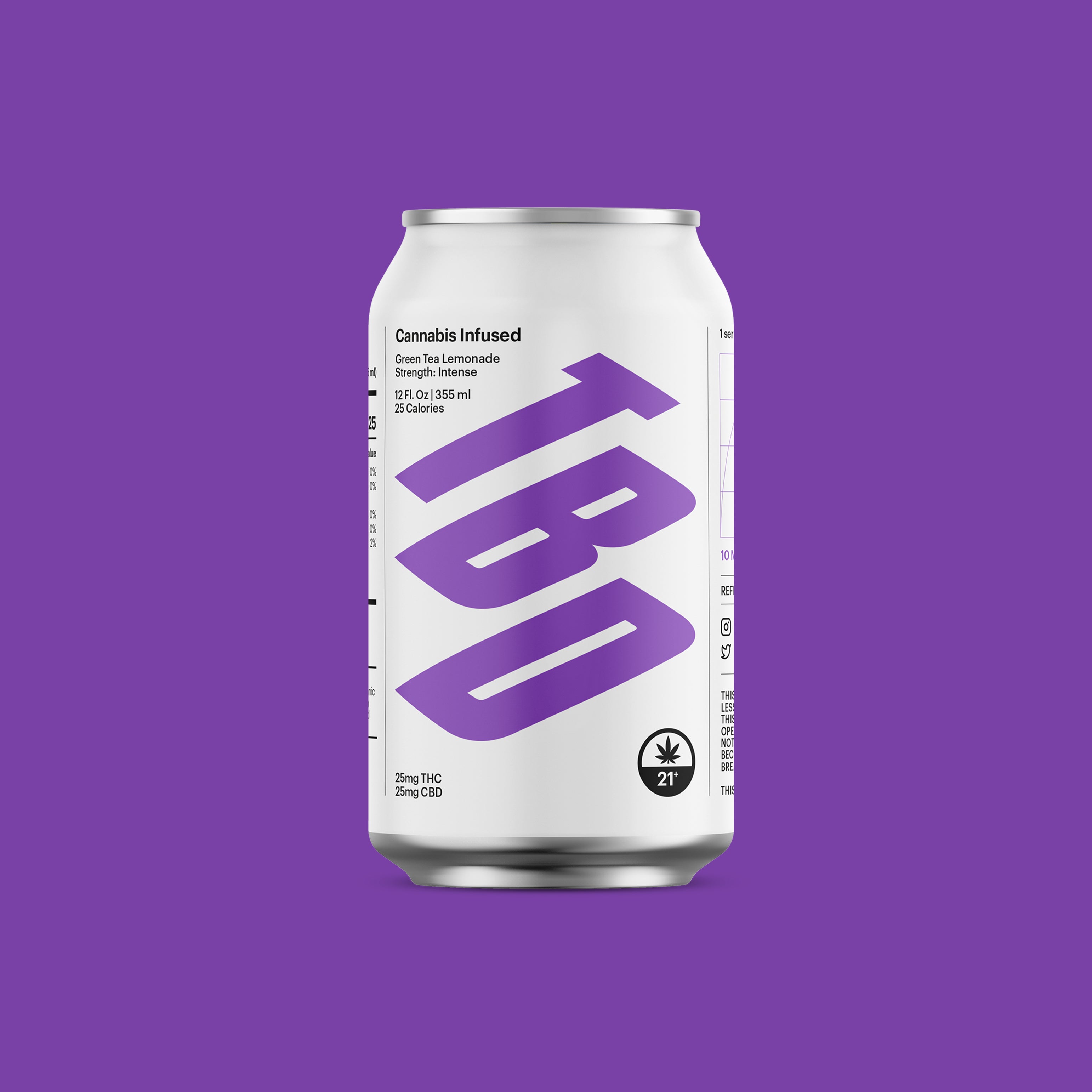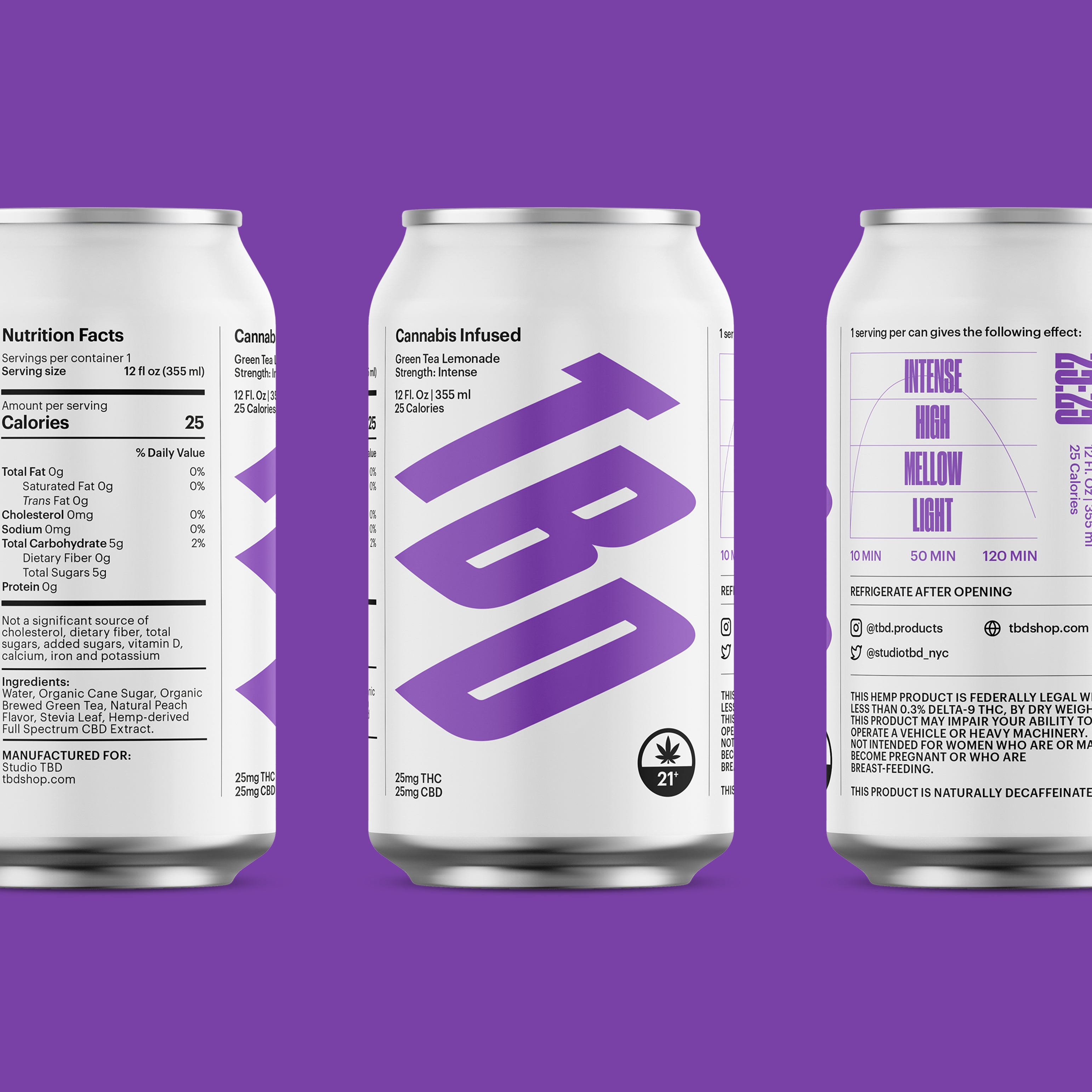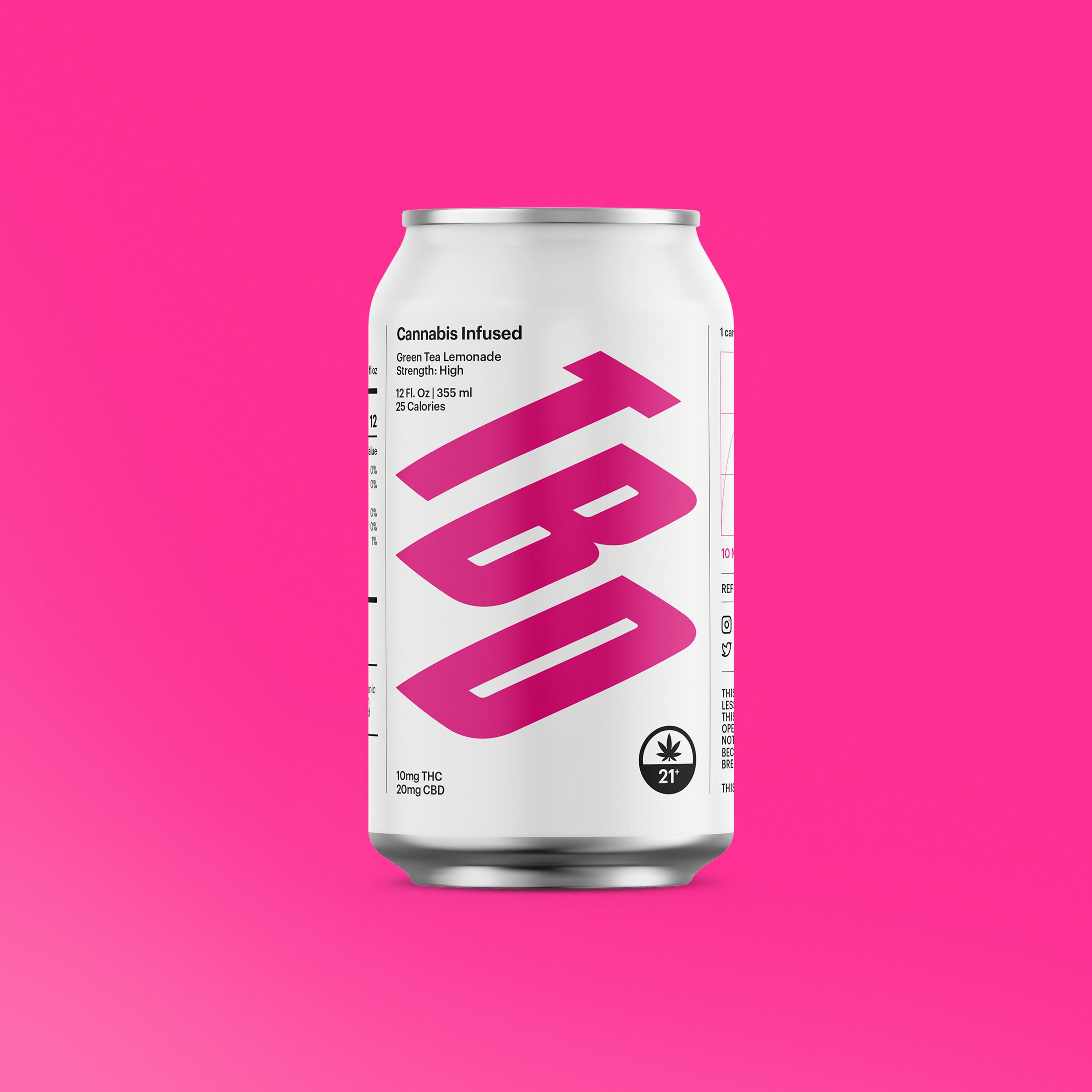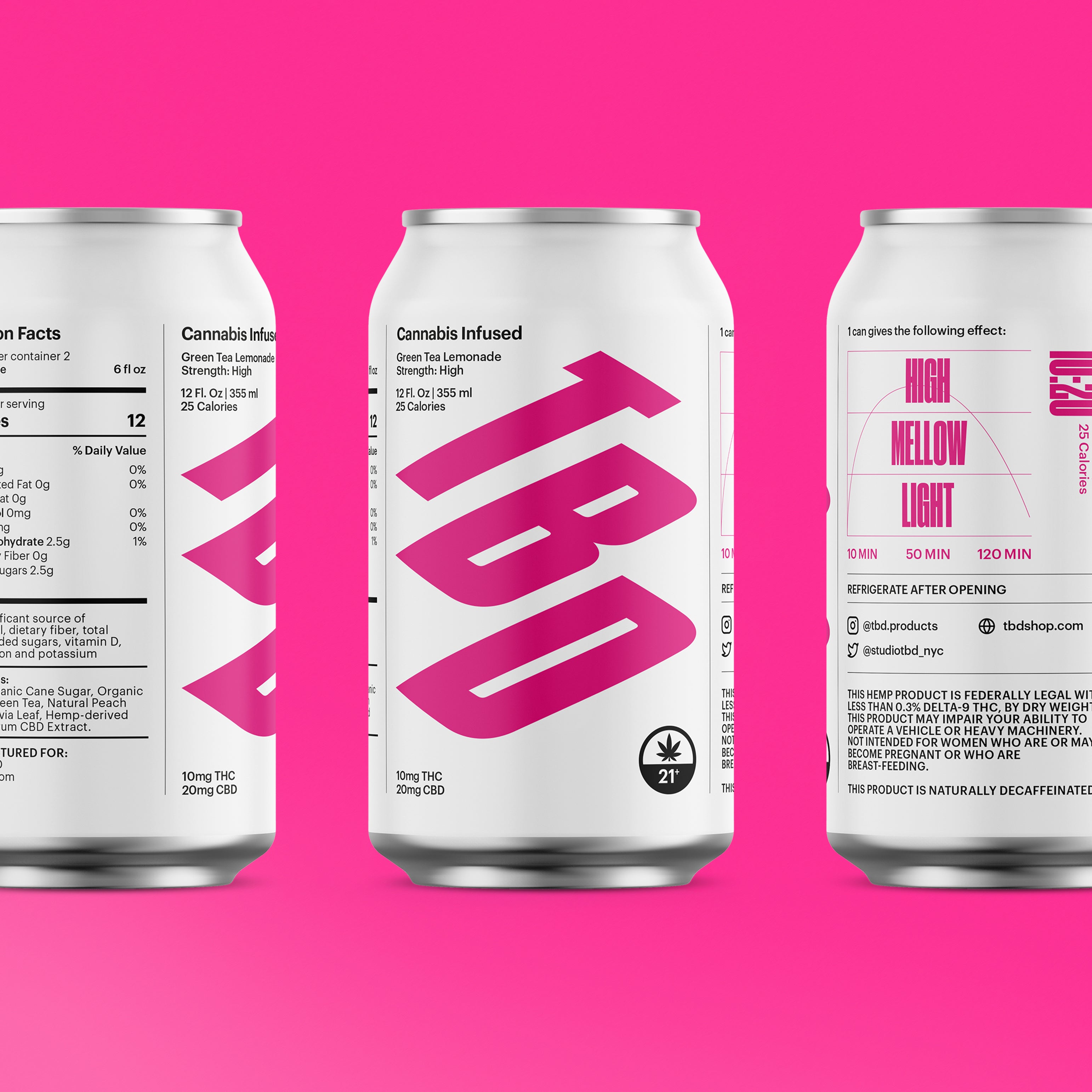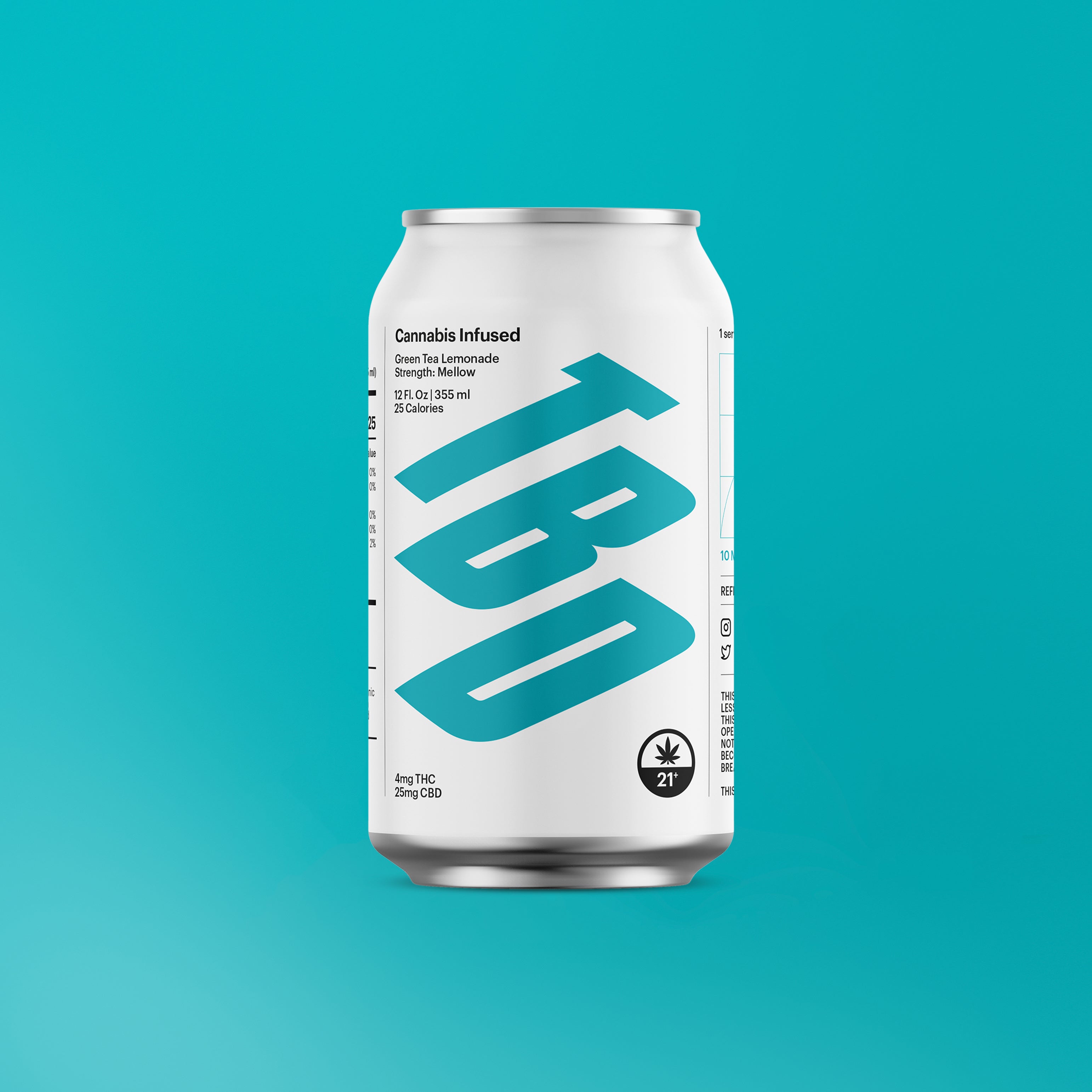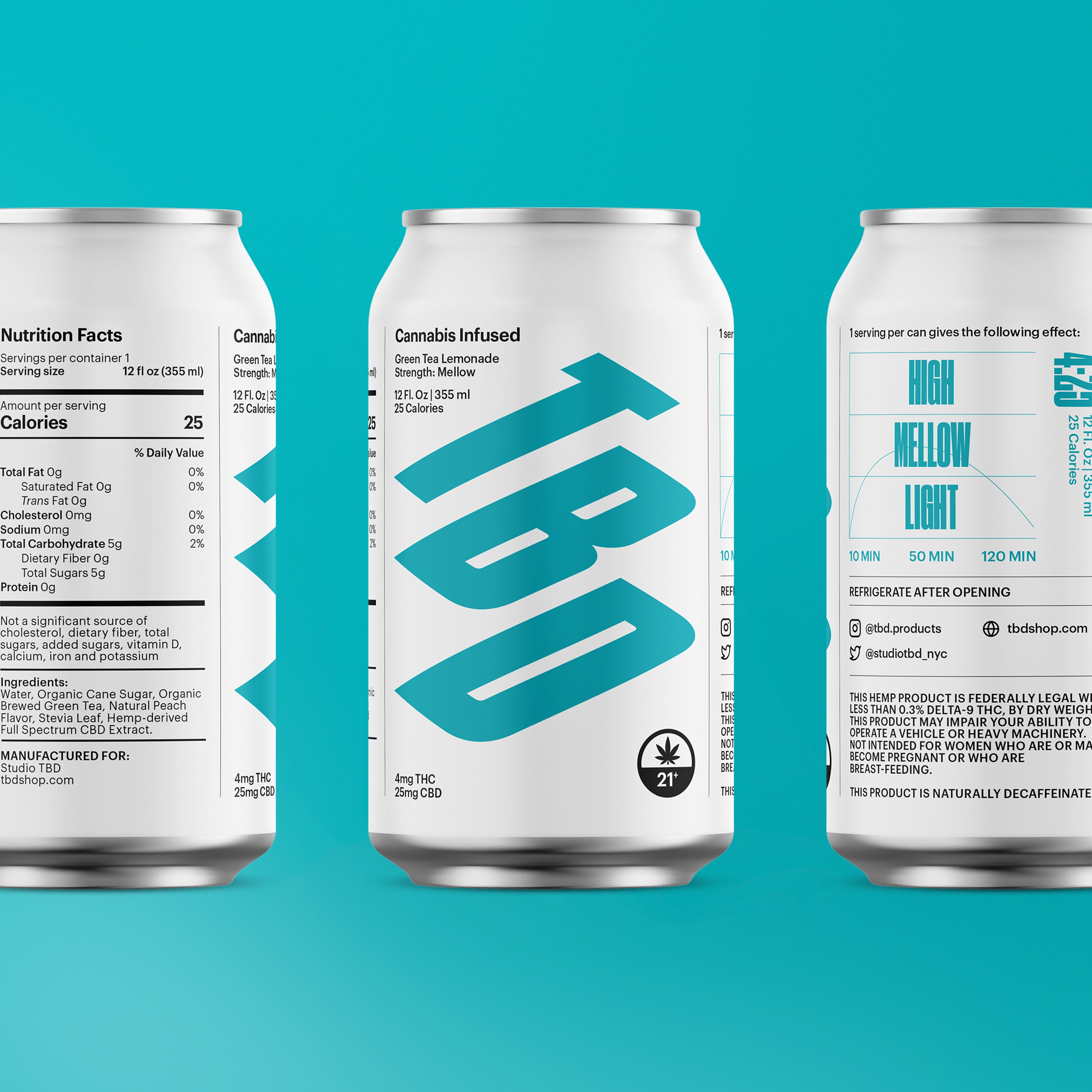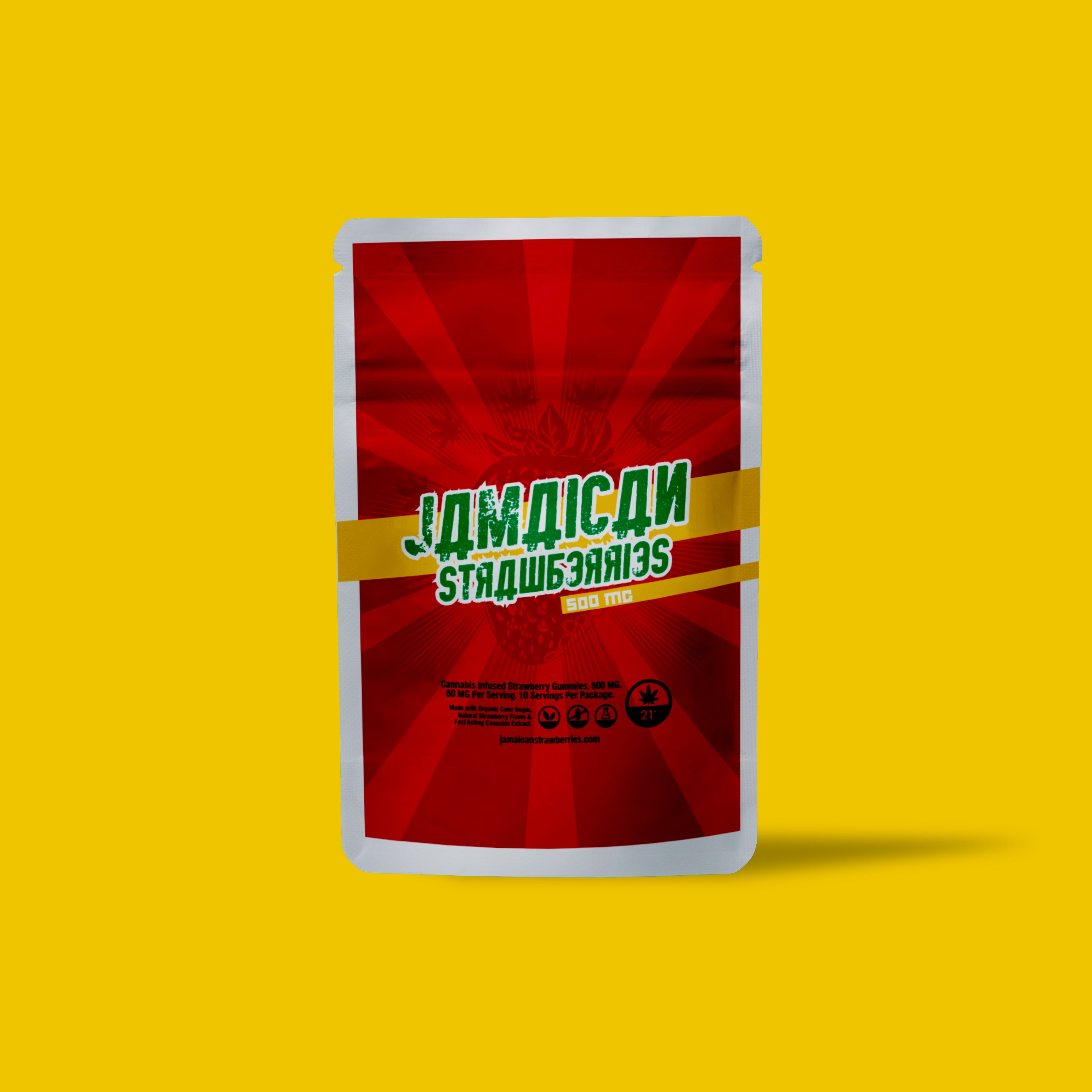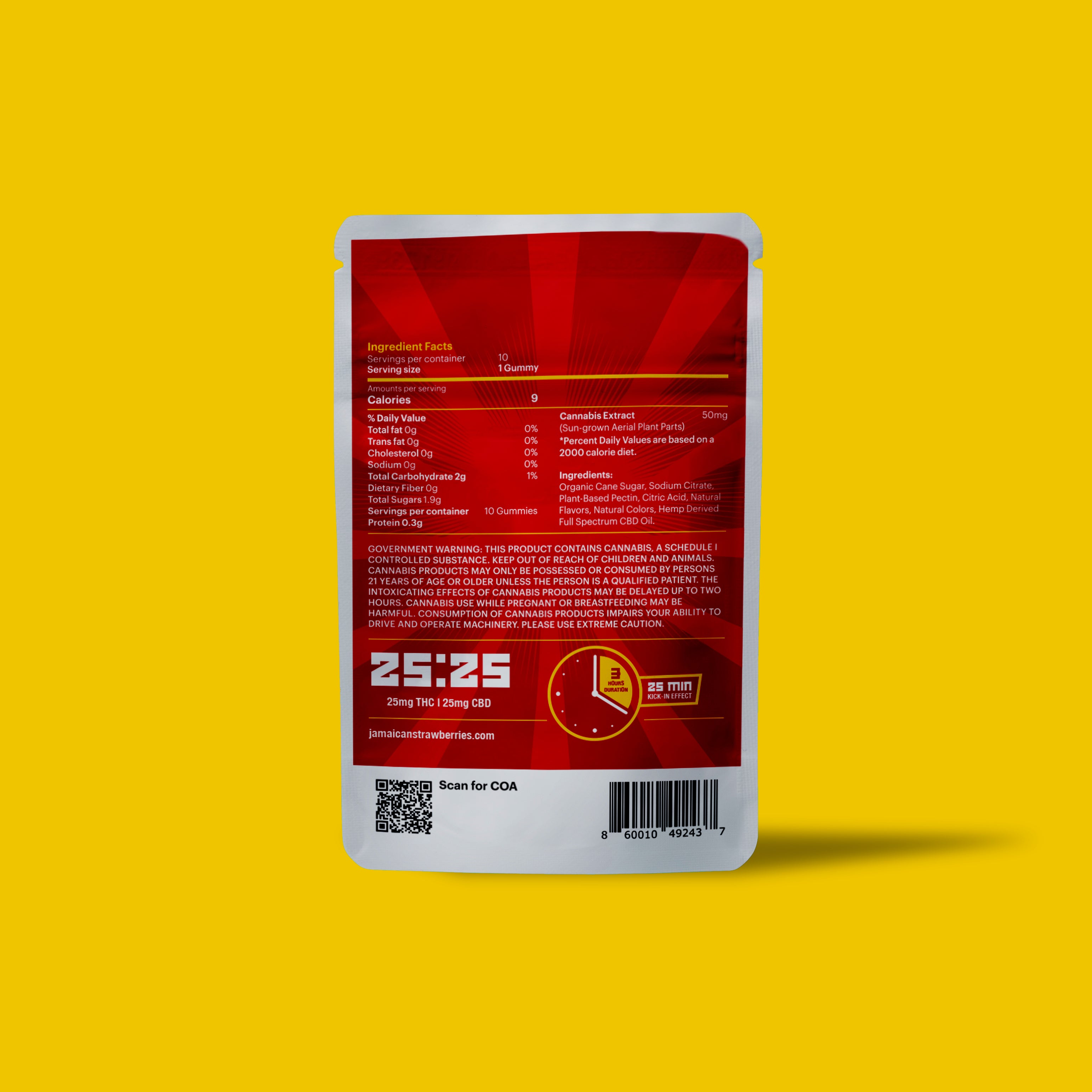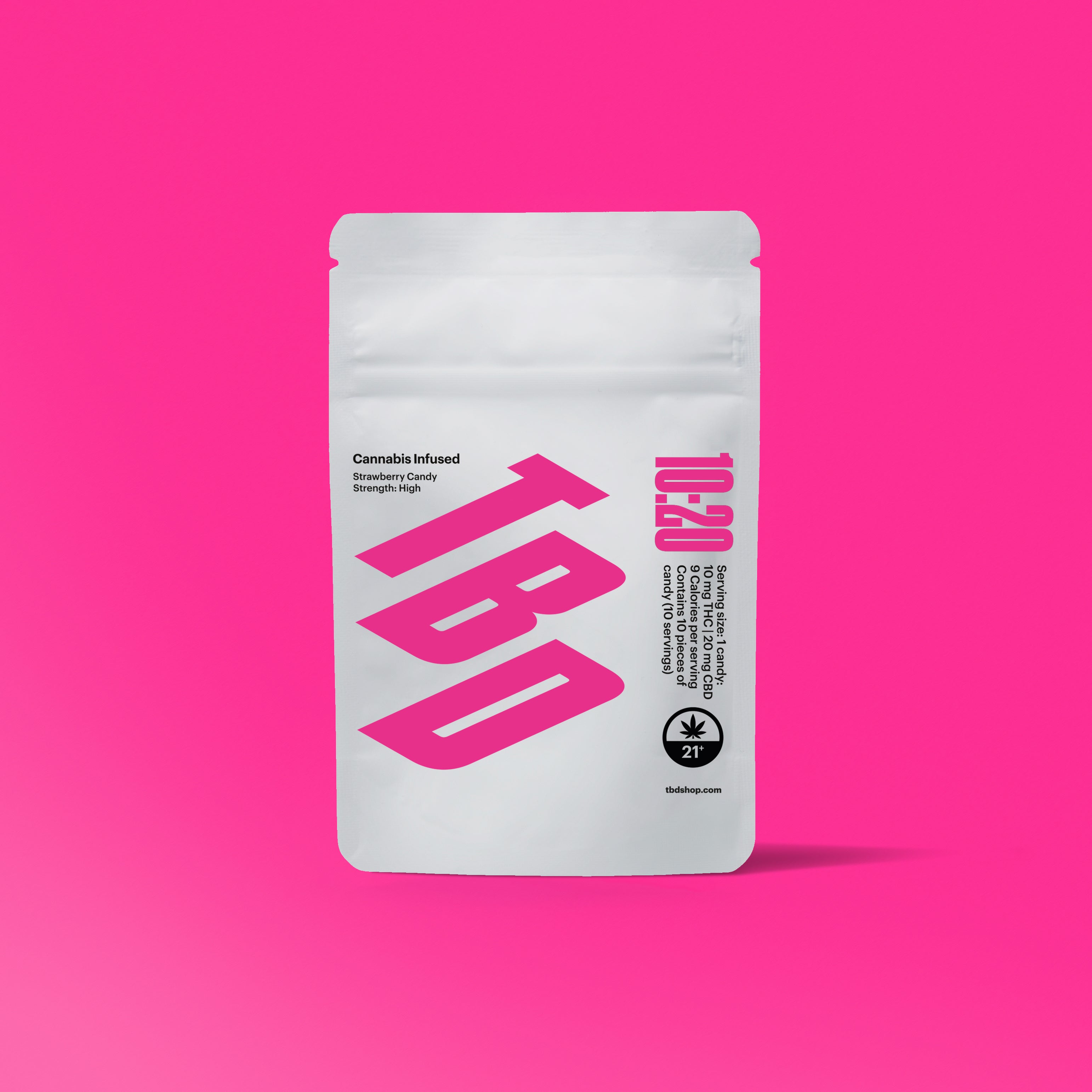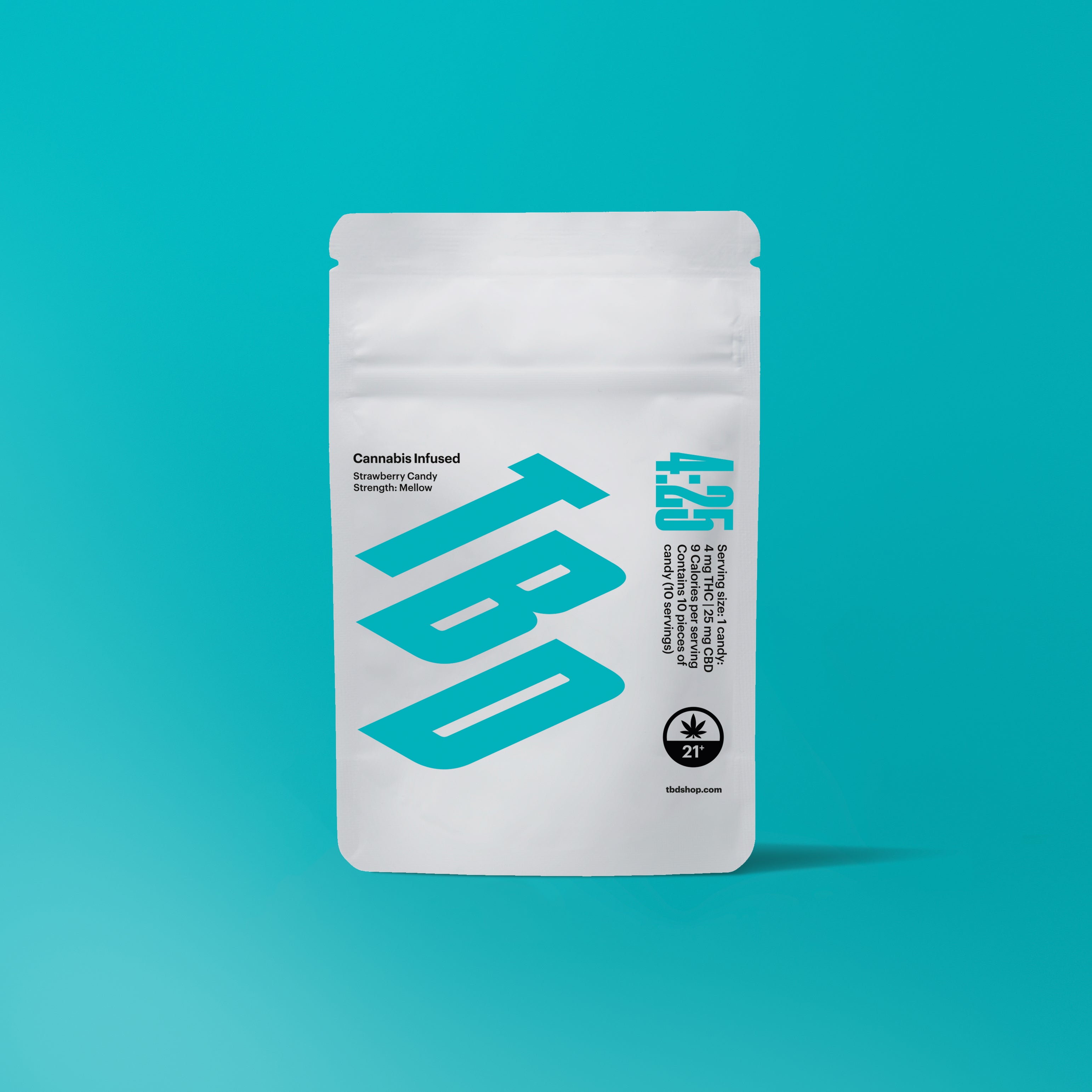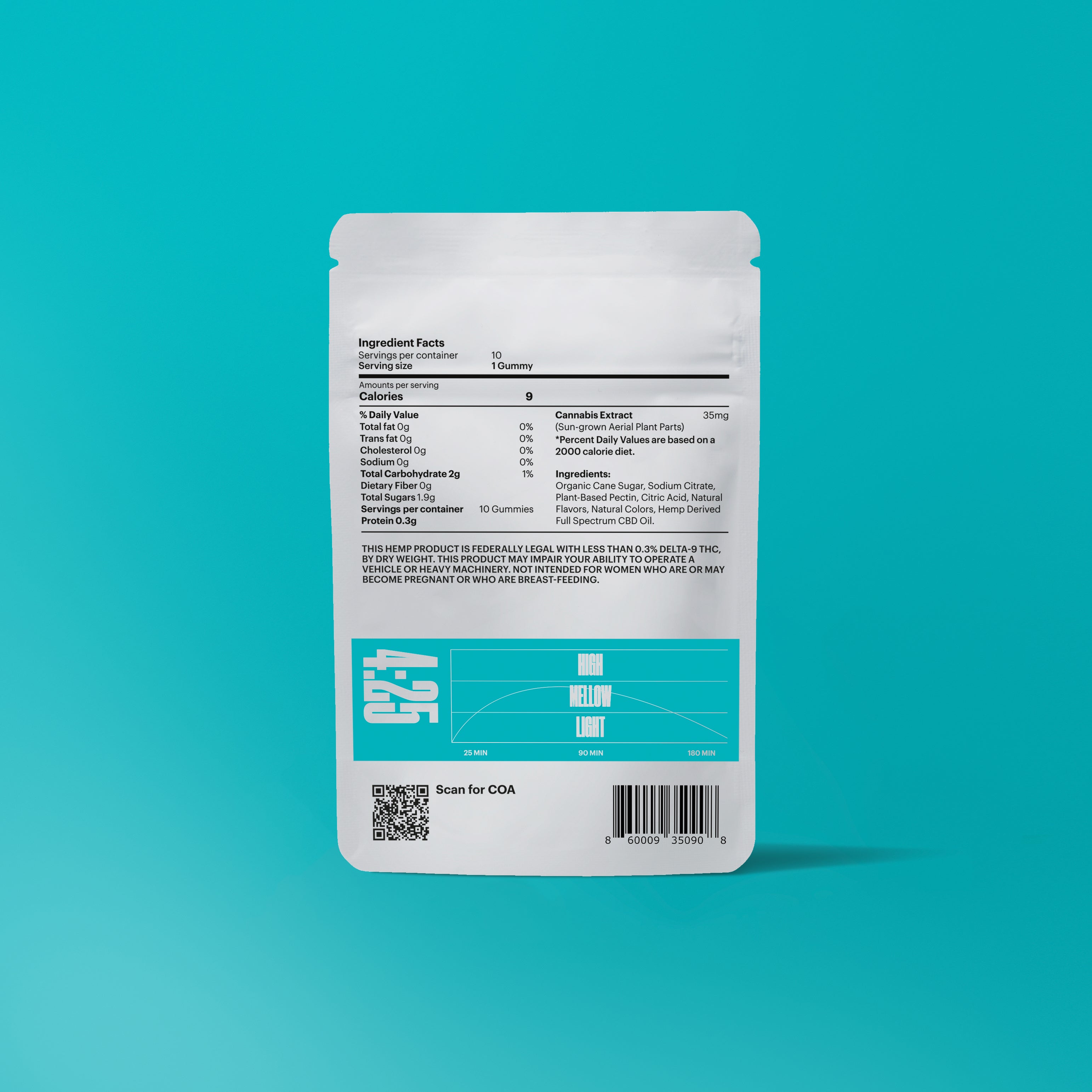How Cannabis Traveled from California’s Underground to the Heart of American Culture
A chronicle in 10 chapters—from borderlands and beat poets to boardrooms and billboards.

After the revolution, they came north.
Some with families. Some alone. Some walking. Some in the backs of trucks. By 1920, the border was a line only on paper. Every day, thousands crossed it—looking for work in the fields, the rail yards, the packing plants. California needed labor, and Mexico had people willing to give it.
They brought things with them. Songs. Ways of cooking. Tools that had been passed down. Stories from the towns they left behind. And cannabis.
In the United States, cannabis was already known. Doctors prescribed it in tinctures. It sat behind the counter at pharmacies in amber glass bottles. But what came with the workers wasn’t bottled. It was rolled. Smoked. Used the way they had always used it—to ease the body after work, to sleep better, to pass time in the quiet.
It didn’t move fast. It didn’t spread like wildfire. It stayed where they were—along the edges of things. Farm camps. Company housing. Street corners where people spoke Spanish and nobody was in charge. No one gave it a name. It didn’t need one.
By the early 1920s, cannabis use had taken hold in Southern California—not in storefronts or salons, but in the homes and hands of laborers. Not sold. Shared.
There were no headlines. No arrests. No protests. Just small puffs. Even that was quiet.
It was a time before radios in every home, before paved roads reached every town. The country was wide and loose. People could disappear into it. So could a plant.
Cannabis didn’t arrive in America all at once. It drifted in. It came folded into fabric, tucked into pockets, rolled in newspaper, passed between hands. It belonged to the people who came with it. It stayed low. It stayed small.
But it had arrived.
***
The heat didn’t leave with the sun. It just sank lower, closer to the ground. A slow, dull warmth that held on long after the work was done.
Six men sat behind the bunkhouse in the loose half-circle they always formed without speaking. Wooden crates. One beat-up bench. Someone had laid out a blanket in the dirt. The air smelled like onions, old leather, and something fried earlier and forgotten.
Boots were off. Socks too. A bottle of pulque moved around without much ceremony. The man from Sinaloa passed it to the kid from Oxnard. The kid coughed after his first sip. Nobody said anything, but someone smiled.
A rolled cigarette appeared next. Not store-bought. Not tobacco. It was thin and crooked and pulled from the top pocket of a work shirt still damp with sweat. A match struck on the heel of a boot. It flared too fast. He cupped it, lit it, took a long drag. Held it. Exhaled slow.
Then passed it left. Nobody asked what it was. They all knew.
It moved from hand to hand, quiet and steady. Each man took his time. The one from Cebu tapped it twice before pulling. The older guy—no one could remember his real name—held his drag like he was thinking about something that hadn’t finished yet.
He spoke, not loud, just enough for the circle to hear.
“There was a girl at the bridge in El Paso. Stood in front of a streetcar, held up the whole line. Soldiers tried to pull her off and the women just started shouting, all of ’em. Stood right there in the dust. Wouldn’t move.”
The kid from Oxnard looked over. “What for?”
“They were gonna spray ’em again. Gas, kerosene. Said it was for lice. One woman caught fire the week before.”
No one said anything for a while.
The joint made another lap. The older guy didn’t take it this time.
The smoke climbed into the trees and disappeared into the dark.
No one called it ritual. No one called it anything. It was just how the day ended.
***
In Los Angeles, the nights belonged to Central Avenue.
By the early 1930s, jazz had taken over. The clubs lined up shoulder to shoulder—Club Alabam, The Downbeat, The Last Word. Some served food. Some didn’t bother. What mattered was the music. Horns, smoke, rhythm, and sweat. The bands came through town and never wanted to leave.
Cannabis was part of the scene. Quietly, consistently. It passed backstage between trumpet players and drummers, lit in stairwells, offered without pretense. No one made speeches about it. No one called it medicine. It was just there—like rosin on a bow or tape on a knuckle.
The language around it shifted. They called it “tea,” “gage,” “muggles.” It moved with the musicians—north to Oakland, east to Chicago, tucked into coat pockets and instrument cases. It traveled faster than trains, passed from hand to hand, city to city, night to night.
Writers and artists picked it up too. Some in the open, some in the shadows. It wasn’t legal, but it wasn’t yet dangerous—not to most people. If there were consequences, they came quiet and local. A fine. A night in holding. A name crossed off a list. Nothing that stuck.
California’s underground was forming, but no one called it that yet. It was just music, rooms, conversation, smoke. And a plant passed hand to hand between people who wanted to feel loose before the lights came up.
It wasn’t a movement. Not yet.
***
The band was due on in twenty, and Freddy still hadn’t found his reed.
Backstage was the usual mess—horn cases, lipstick-stained glasses, a broken hi-hat pedal no one had time to fix. The lightbulb above the mirror flickered like it was working through something. Freddy sat on a stool with one shoe on, his shirt open at the collar, a cigarette hanging dry from his lip.
It wasn’t lit. Yet.
From the hallway, voices floated in: laughter, deals, a woman singing a verse to herself in the stairwell. Club Alabam was full tonight. Always was. Especially on Saturdays. Waitresses moved like dancers. The room buzzed like it had a secret.
Jimmy came in from the alley, brushing off his coat. He had that look on his face—the one that meant he brought something good.
Freddy raised an eyebrow. Jimmy nodded once, pulled a joint from behind his ear, and handed it over.
“You’re welcome,” he said.
Freddy lit it with a wooden match from the bar. First pull was tight. Second one opened up like warm brass. He held it a moment, then let it out slow through his nose.
“Damn,” he said. “That’s sweet.”
Jimmy grinned. “Buddy brought it in from Baja. Said the plants are taller than your mother and twice as stubborn.”
They passed it back and forth while the bass player tuned up and the drummer ran a cloth across his snare. Nothing about it was loud. They weren’t partying. They were preparing.
A girl with green shoes peeked in, saw the smoke, and grinned. “You boys better save some of that for after,” she said.
Freddy exhaled, stood up, and fixed his collar. He tapped the mouthpiece against his palm once, like a superstition.
Down the hall, the crowd roared for no reason. Just happy to be there.
Freddy took one last pull, handed it back, and walked toward the light.
***
In the 1940s, the country looked away.
The war swallowed everything. Factories retooled. Radios cracked with headlines. Boys shipped out by the thousands. Gas was rationed. So was sugar. Even paper.
Cannabis didn’t disappear. It just stopped being seen.
It stayed with the musicians—still playing behind closed doors on Central Avenue. Bebop came harder now. The rhythm was sharp, restless. There was less swing, more fire. The plant moved with the tempo. Rolled behind the drums. Lit in the alley between sets. No talk. Just smoke.
It stayed with the working class too. In East L.A., in Oakland, out in Fresno. Behind kitchens. In yards. On long walks home. Not legal. Not loud. But still there.
And slowly, it spread wider. From the back rooms of clubs to the break rooms of kitchens and beyond the nightlife into the everyday life.
Some soldiers found it overseas. Hashish in North Africa. Ganja in the Pacific. Most left it behind. A few brought it back—in habit, in story, in the way they exhaled at the end of the day.
By the end of the decade, cannabis had been in California for nearly forty years. No spotlight. No speeches. Just hands. Just breath. Just rhythm.
It hadn’t grown. But it hadn’t gone.
By 1950, the plant was already part of the country—it just hadn’t said its name out loud yet.
